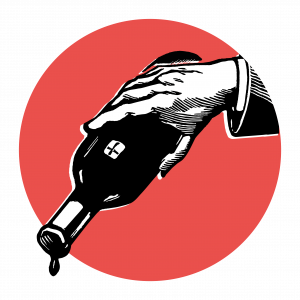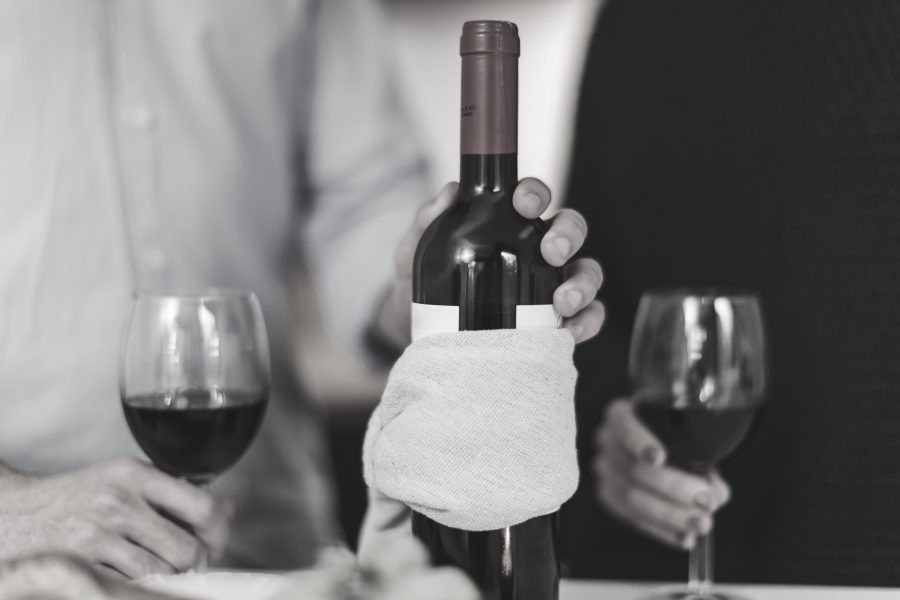The wine world’s spin doctors are up to their usual hype. But last year’s weather has made for a fascinating vintage.
It’s that time of year again, when the latest claret vintage roars into view. There is the usual trumpeting, words such as ‘spectacular’ and ‘outstanding’ being sprinkled (sometimes cautiously, sometimes liberally) by owners of the top châteaux – and, however hard one tries, it’s difficult to detect the presence of irony. Tongues appear to be nowhere near cheeks.
Then again, there is wine to sell, and positive spin is part of that process: we should expect nothing less.
So, what do we actuallyhave coming to the market on this occasion?
It turns out that last year’s climatic conditions played perhaps an even greater role than normal. Many growers, journalists and merchants have used the cliché of the ‘game of two halves’ – but it is entirely appropriate.
March, April, May and the early part of June 2018 saw plenty of wet weather. Mildew greatly affected the development of the berries, especially at properties such as Pauillac’s Pontet-Canet, and Margaux’s Palmer, both of which farm bio-dynamically (and are therefore unable to use synthetic treatments to mitigate the problem). Yields were looking as if they would be diminished significantly; a small crop beckoned.
But then the tide turned (funnily enough, at exactly the point the French national football team won the World Cup). The sun came out – and remained shining through to the end of October. The moisture problem now reversed, with drought conditions causing issues instead. However, come harvest time, there were good quantities of (extremely) ripe, healthy grapes to pick.
This balance seems to have translated to the wines themselves. Tasted in April, they are big, rich – and most impressive. Alcohol levels are quite high (very little is under 14%), yet in the very best examples there is a balance and harmony, nothing out of kilter. For sure, some properties obviously struggled with the year’s weather – there were some cooked elements to the fruit, while some of the tannins could be a little harsh or grating, akin to chewing on a tea-bag. So, highs and lows (like most vintages, if we’re honest).
But there were beaming grins aplenty, especially in the Haut-Médoc: one owner likened her 2018 to the estate’s fabled 1982.That’s perhaps a punchy verdict, especially when these wines are still in their total infancy. The style of ’18 is also a unique beast, so it’s hard to compare with previous, such is the volume and weight – there is arguably more in common with the reds of Napa Valley, or the Super Tuscans of Bolgheri, than, say, the 1996s.
And that raises a question, does it not? Are the best 2018s great clarets, or are they great wines? I lean towards the latter, whereas I would have much preferred the former (the Bordelais, of course, declare this to be the case). But I’m probably just a crusty old bore, failing to come to terms with modernity.
Either way, 2018’s Bordeaux certainly makes for a fascinating vintage.








